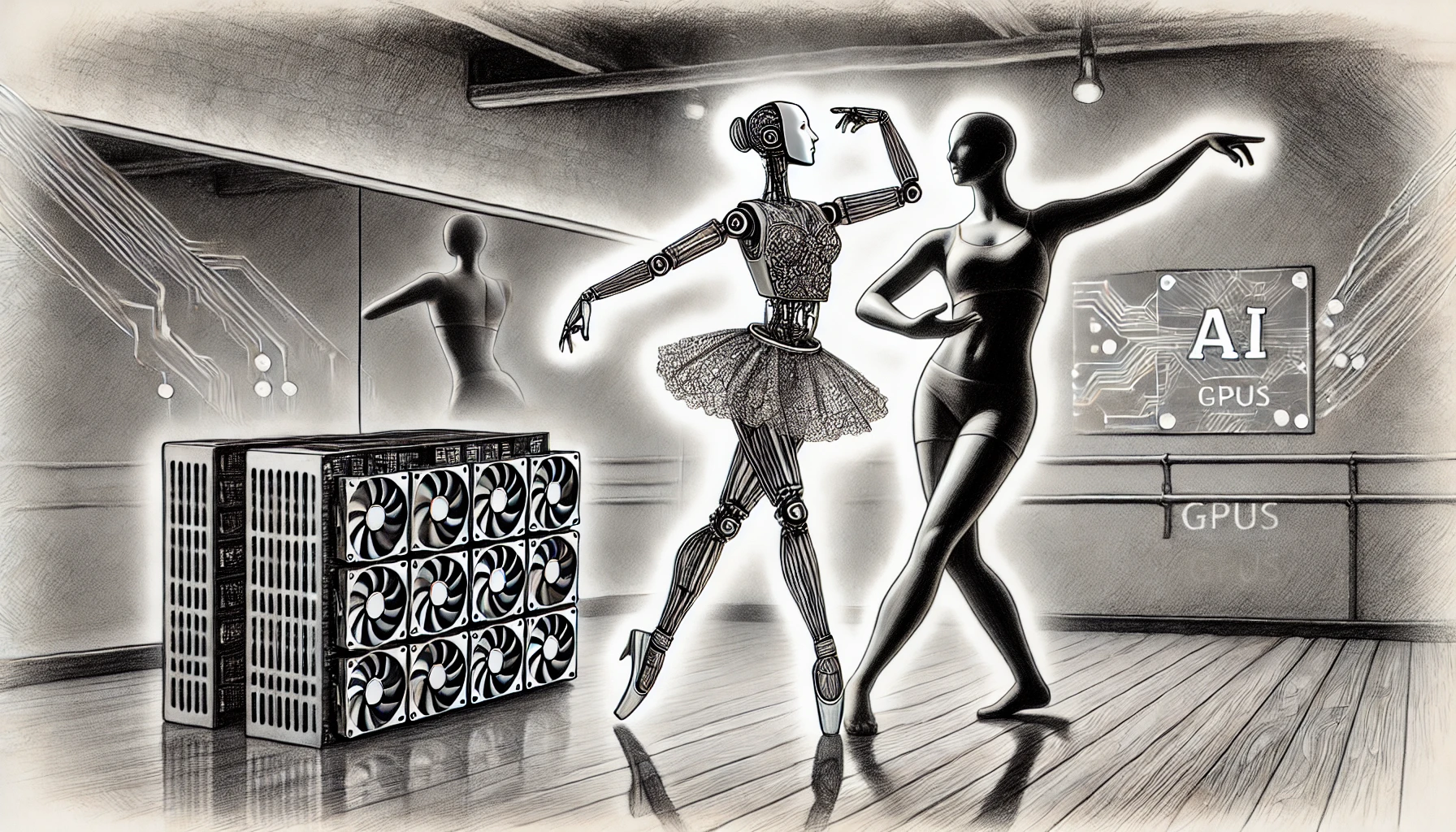Remember T9 predictive text on old mobile phones? Large Language Models (LLMs) are like that, but on steroids. They’re essentially super-powered statistical engines, selecting the next token (word or part of a word) based on probabilities. More data means better statistics, but it’s still just a generalized model.
To make your LLM truly shine, you need to teach it your specific dance steps. This is where fine-tuning comes in. It’s like giving your AI private lessons, tailoring its responses to your exact needs.
Retrieval-Augmented Generation (RAG) takes this a step further. It’s like giving your AI a cheat sheet before the test, providing context-specific information to improve its performance.
As with any skill, practice makes perfect. The more you fine-tune, the better your results. It’s a game of iteration and refinement.
The catch? All this fine-tuning requires serious computational power. We’re talking GPUs, and lots of them. As AI continues to evolve, the race for processing power is heating up.
So, while our LLMs are impressive out of the box, the real magic happens when we teach them our unique rhythms. It’s time to put on your dancing shoes and start fine-tuning!
